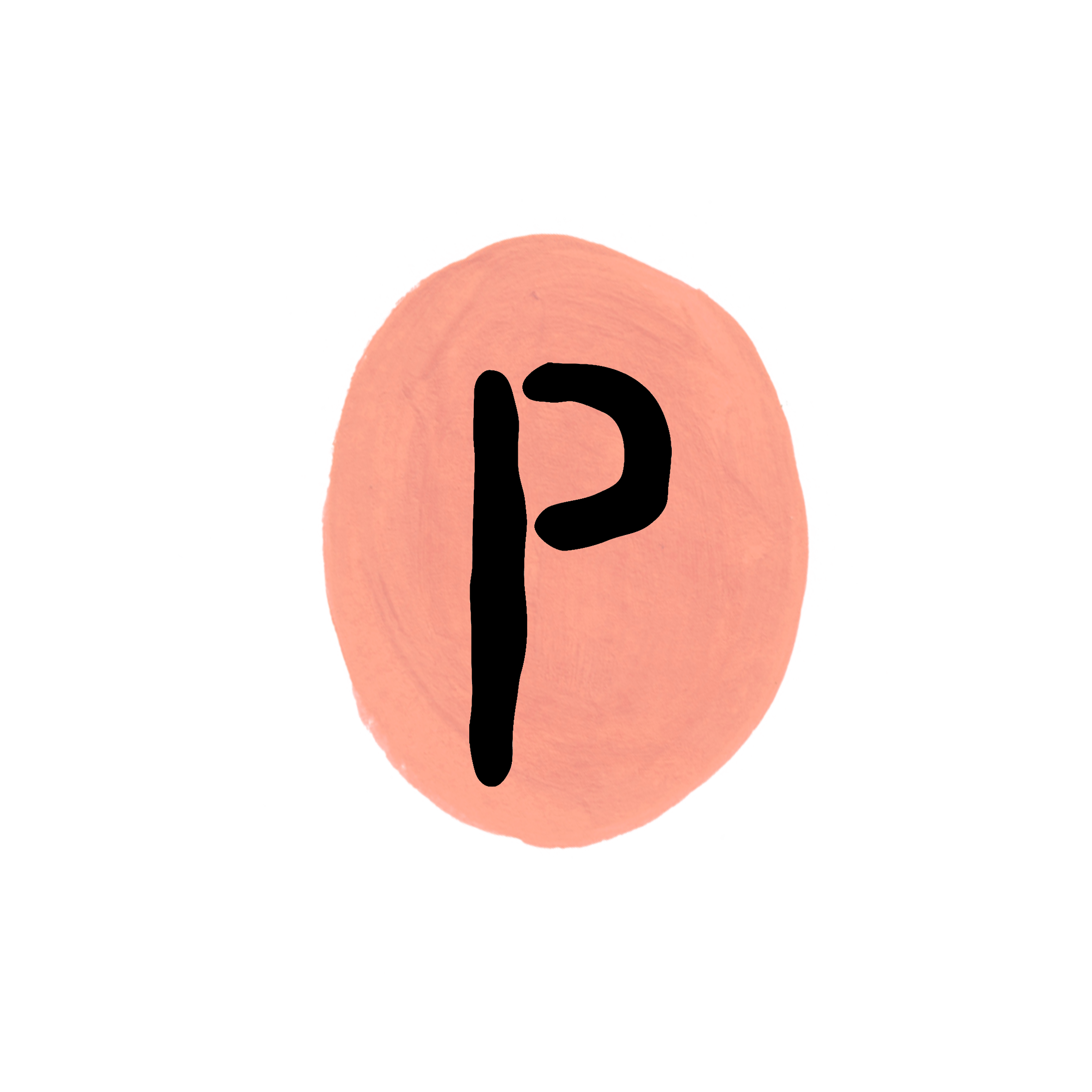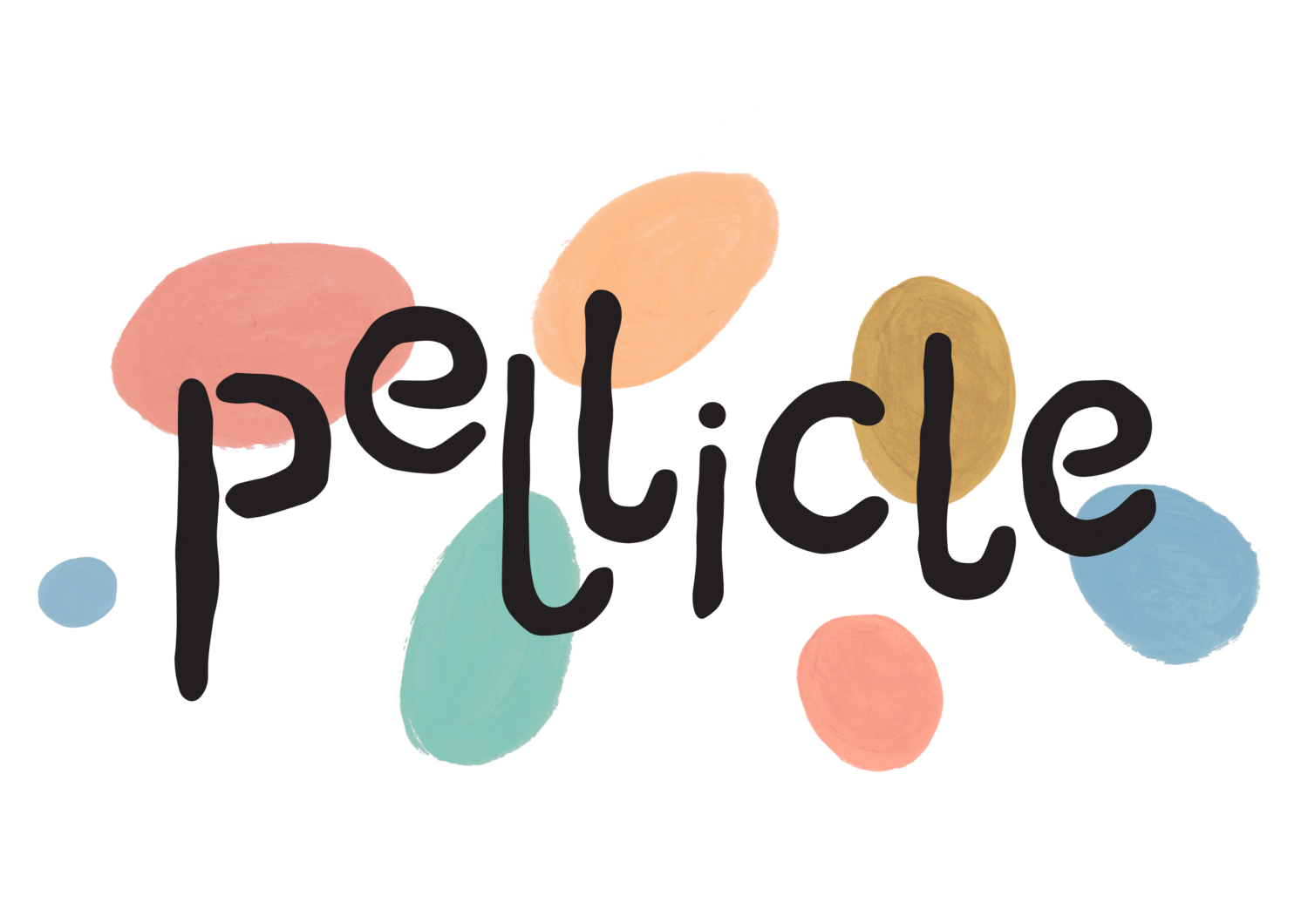Do Bad Things To You — Homebrewing Tru Blood from True Blood
I’m here to convince you that an artificial human blood substitute manufactured exclusively for consumption by vampires is, remarkably, a good candidate for a homebrew beer recipe.
True Blood is a horror fantasy TV series originally released in 2008, based on the Sookie Stackhouse novels by author Charlaine Harris. For seven seasons it followed the eponymous Miss Stackhouse, a small town Louisiana girl with the ability to read minds, navigating adventures involving werewolves, witches, fairies and, of course, vampires.
The series’ hook is that vampires have dwelled amongst humans for millennia, hiding their existence for fear of persecution. The main reason they couldn’t live openly is because of their inherent need to prey on human blood for survival—a not too uncommon set up for a modern vampire story. All this changes with the invention of Tru Blood: a synthetically produced human blood substitute. Vampires decide to ‘come out of the coffin’ because they can now drink Tru Blood, so humans should no longer see them as a threat.
It’s not clear if Tru Blood is made from cloned blood cells or some concoction of vitamins and minerals artificially blended and flavoured like some sort of vampire protein shake. It has the appearance of blood; thick, syrupy and red, with the show's vampires tending to enjoy the drink warmed up in a microwave. So nothing at all like a beer, right? Well not entirely.
While it might objectively be a blood substitute, Tru Blood is certainly coded like a mass market beer. It’s sold in four packs of 500ml long neck bottles from the fridge at liquor stores, and can be ordered in local bars or restaurants. Even Merlotte’s, the only bar in the show's small town setting of Bon Temps, Louisiana, keeps it in stock. There’s also a choice of flavours waiting for the bar’s first blood drinking visitor, Vampire Bill, who wanders in and orders an O-negative in the first episode.
Illustrations by Jessica Wild
Tru Blood is a scientific marvel; it allows an entire species freedom from predating on another, giving the undead a whole new lease on existence, upending a millenia-old status quo that’s all vampires have ever known. The question is why such a wondrous thing is sold in such hospitable settings. Why is it not sold in pharmacies, in sterile bottles with warning labels? Why isn’t it injected? Why is it treated like a beverage and not a controlled medical product?
You might argue that it’s a food product rather than a medicine, and so branding it as a drink makes sense. But then why is it made so much to look like a beer? Why isn’t it sold in milk cartons, or soda cans or squeezy juice bags or even more intuitively in an indulgent looking corked 750ml wine bottle?
Vampire fiction is replete with examples of the creatures of the night swilling back blood from a wine glass pretending it’s a fine Malbec or Shiraz. While Dracula never thought of this one neat trick, proclaiming—in Bram Stoker's titular novel—to Jonathon Harker that he “didn’t drink… wine,” when pouring his guest a glass, plenty of other vamps have thought of it since.
The council of purebloods in Blade (1998) sit at a table stacked with fluted crystal glassware ready to be filled as they give Deacon Frost a dressing down. Lestat squeezes the blood out of rats and humans alike into wine glasses for Louis who is still squeamish of his new diet in Interview with a Vampire (1994). The Lost Boys (1987) pass around an ornate bottle full of blood, fooling a naïve Michael into believing it’s wine.
““If the children of the night want us to see Tru Blood as a beer, then let’s actually make it a beer.””
Part of the reason vampires might disguise their blood as wine is to hide their true nature but also, I think the vampires chose wine as it is often perceived as a marker of class and elegance compared to more down to earth beer. The history of why we see wine in this way goes back to wine’s cherished status within the Roman Empire and perhaps even before that. Whole books could be filled with the history of wine and why it’s perceived the way it is today. But I would say it’s inarguable that, broadly speaking, wine is seen as sophisticated, upper class and perhaps even seductive. Beer is instead seen as working class, ordinary and every day.
This is why Tru Blood is a beer and not a wine. Before they had Tru Blood, vampires had to draw their victims in and seduce them, which required them to be attractive and upper class so as to hide their blood as wine as part of the act. Look at Louis and Lestat stalking around colonial America, oozing refinement and wooing their victims with a nice glass of Merlot—it doesn’t quite work the same as pouring out a brown ale. As True Blood begins, the vampires no longer need to hunt humans or hide their nature. In fact the vamps want to be seen as normal and want to be able to integrate with humans. So they choose to make Tru Blood a beer—they want to go to the bar and socialise and be seen, they want to be seen as normal and ordinary and not elite and mysterious.
If the children of the night want us to see Tru Blood as a beer, then let's actually make it a beer. Obviously the first step is to try and make the beer red so the style was pretty much chosen for me: I needed to make a fruit beer.
When it came to style, I had a few choices to pick from. One of my favourite beer styles is Berliner Weiss, which is often served with cherry syrup giving it a distinctive red glow, but I decided a sour would go rather against the ideal of Tru Blood being a more everyman beverage, so instead I went with a strawberry wheat beer. I was tempted to go for a straight pale ale, but the wheat malt is high in protein and so adds more mouthfeel to the beer compared to pale malt. I wanted that creamier mouthfeel to help simulate the thickness we associate with blood.
Thaw out and add your strawberries after primary fermentation is complete, or three days from brew day. I would leave them in for one to two weeks before racking your beer to ensure the colour and strawberry flavours have properly infused into the beer. It’s very hard to get the deep blood red colour out of fruit alone, so if you really want that straight from the neck look you can top up the beer with a little strawberry syrup when serving.
Please do let us know if you try this, or any of Paul’s fantastic homebrew recipes pulled from the annals of popular fiction. In fact, why not subscribe via Patreon and join our homebrewing community on our subscriber-only messageboard.
***
Recipe
Target Original Gravity (OG) — 1.047
Target Final Gravity (FG) — 1.012
Target Alcohol by Volume (ABV) — 4.6%
Target International Bittering Units (IBU) — 22
Batch Size — 23L
Ingredients
2Kg Belgian Wheat Malt
2Kg Pilsner Malt
15g Citra at start of boil
50g Citra at flameout
1 x Nottingham Danstar Ale Yeast
4.5kg frozen strawberries (thawed) in secondary fermentation. Rack after two weeks.
Method
Mash Duration — 1 Hour
Mash Liquor Volume — 10.5L
Total Grist Weight — 4Kg
Liquor to Grist Ratio — 2.6L:1Kg
Mash Temperature — 65°C
Sparge Liquor Volume — 19L
Sparge Liquor Temperature — 75°C
Boil Duration — 60 minutes
Fermentation Temp — 20°C













